The global problem affects more than wildlife. Of that mass 269000 tons float on the surface while some four billion plastic microfibers per square.
 Whose Job Is It To Clear Up All The Rubbish Floating In The Oceans
Whose Job Is It To Clear Up All The Rubbish Floating In The Oceans
Increasingly however it also refers to the garbage patch as a vortex of plastic waste and debris broken down into small particles in the ocean.

How much garbage is in the ocean. An estimated eight million tons of debris enter the ocean each year outpacing efforts to remove it. It is estimated that 115 to 241 million tonnes of plastic are entering the ocean each year from rivers. The Numbers Are Overwhelming.
115 to 241 million metric tonnes of plastic are entering the ocean each year. And it really gets around. How much total garbage is going into the Pacific Ocean every year.
The California current the North Equatorial current the Kuroshio current and the North Pacific current. Every year we dump a massive 212 billion tons of waste on the planet. The numbers are staggering.
What waste is dumped. Of those 236000 tons are microplastics 2 tiny pieces of broken-down plastic smaller than your little fingernail. The worlds oceans contain 7000 to 35000 tons of floating garbage mostly plastic.
Thats tantamount to the weight of about 90 aircraft carriers. The waste is dumped on land-based dumpsites or in the oceans and include. Scientists call these statistics the wow factor of ocean trash.
Plastics have entered the human food chain through the water we drink and the fish we eat. There are 525 trillion pieces of plastic debris in the ocean. However scientists have made estimates regarding the sources of this garbage patch.
There are five of them around the world and the largest the Great Pacific Garbage Patch includes an estimated 18 trillion pieces of trash and covers an area twice the size of Texas. They go on to say that they are developing a technology that will clean up some of the garbage. During the 2016 ICC more than half a million volunteers from 112 countries worked tirelessly to collect over 18 million pounds of trash.
The impact on human health is not yet fully known. Imagine Iran made of plastic Our plastic waste has created a gigantic plastic soup in the Pacific of the size of 16 million square kilometers. Thats the size of Iran or over twice the size of Texas or Turkey.
There are a total of five plastic garbage patches across the worlds oceans. The North Pacific Subtropical Gyre is formed by four currents rotating clockwise around an area of 20 million square kilometers 77 million square miles. Of that mass 269000 tons float on the surface while some four billion plastic microfibers per square kilometer litter the deep sea.
The actual count of individual plastics in the patch may be up to 36 trillion twice the amount estimated. There are 525 trillion pieces of plastic debris in the ocean. The patch covers a territory the size of three Frances or 16 million square kilometers.
The National Oceanic and Atmospheric Administration reports that an estimated eight million metric tons of plastic enter the worlds oceans annually. Garbage in the ocean water. To put it in perspective heres some stats of what we collected.
More than half of this plastic is less dense than the water meaning that it will not sink once it encounters the sea. About 8 million metric tons of plastic are thrown into the ocean annually 1. In this other article they point out that the size of the Great Pacific Garbage Patch is much larger than previously thought.
Areas of the ocean where waste tends to concentrate are called garbage patches These patches are created when marine debris is carried and then trapped by ocean currents. If all this waste was put on trucks they would go around the world 24 times. Pew places the figure even higher estimating that up to 13 million metric tons of plastic inhabit the ocean.
It is believed that 80 percent of the plastic found in the patch comes from land sources while the other 20 percent comes from marine equipment and boats. Theres so much junk at sea the debris has formed giant garbage patches. In 2015 National Geographic reported that there are 525 trillion pieces of plastic debris in the ocean Parker 2015 and The Washington Post projects that by 2050 the metric tons of the plastic will outweigh the metric tons of fish living in our oceans if the current rates of plastic dumping continue Kaplan 2016.
The numbers are staggering. The Patch is also known as the Pacific Trash Vortex. That is a lot of trash.
And what fraction of the garbage is biodegradable. Less than 1 of the trash in the ocean is from the United States. Enough balloons to lift a 2200-pound walrus.
There are five massive patches of plastic in the oceans around the world.
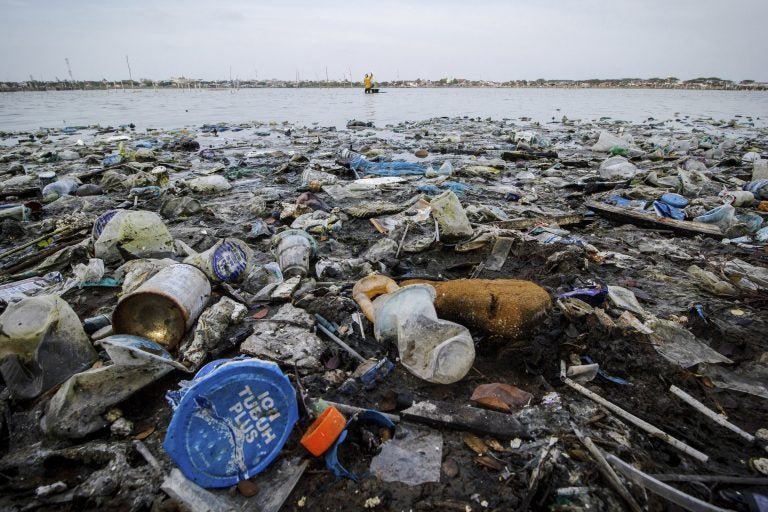 How Do Plastics Get To The Bottom Of The Sea Whyy
How Do Plastics Get To The Bottom Of The Sea Whyy
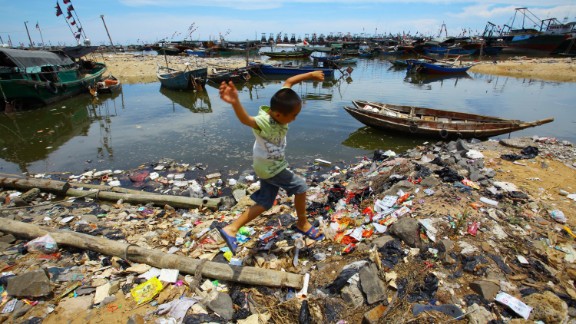 How Much Of Our Plastic Garbage Ends Up At Sea Cnn
How Much Of Our Plastic Garbage Ends Up At Sea Cnn
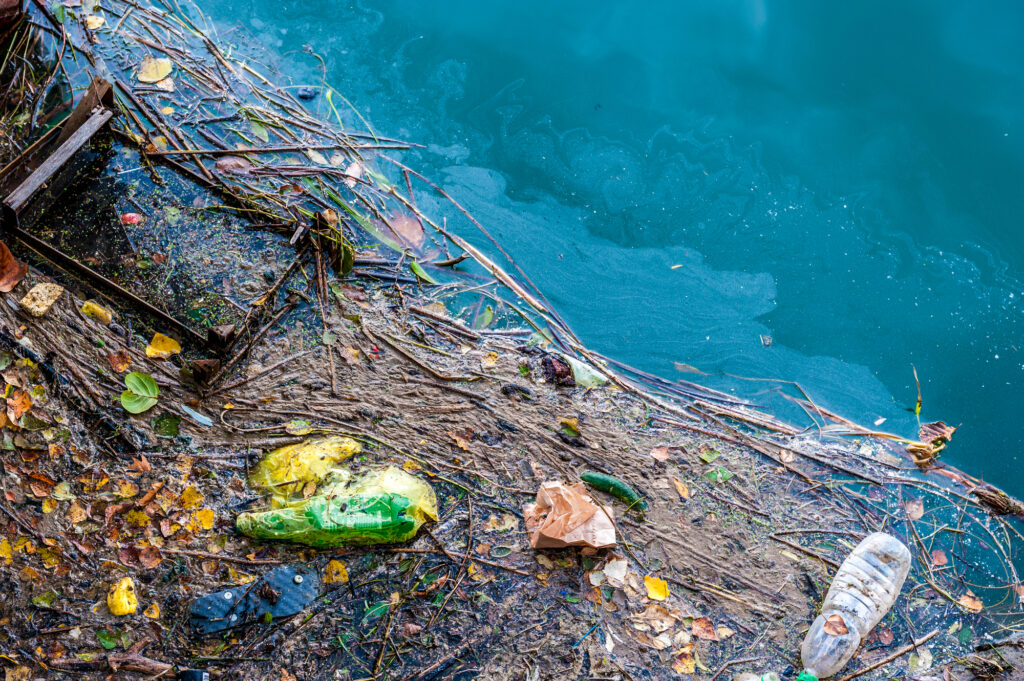 How Does Trash Get In The Ocean Practical Ways To Tackle The Problem
How Does Trash Get In The Ocean Practical Ways To Tackle The Problem
 Ocean Trash 5 25 Trillion Pieces And Counting But Big Questions Remain
Ocean Trash 5 25 Trillion Pieces And Counting But Big Questions Remain
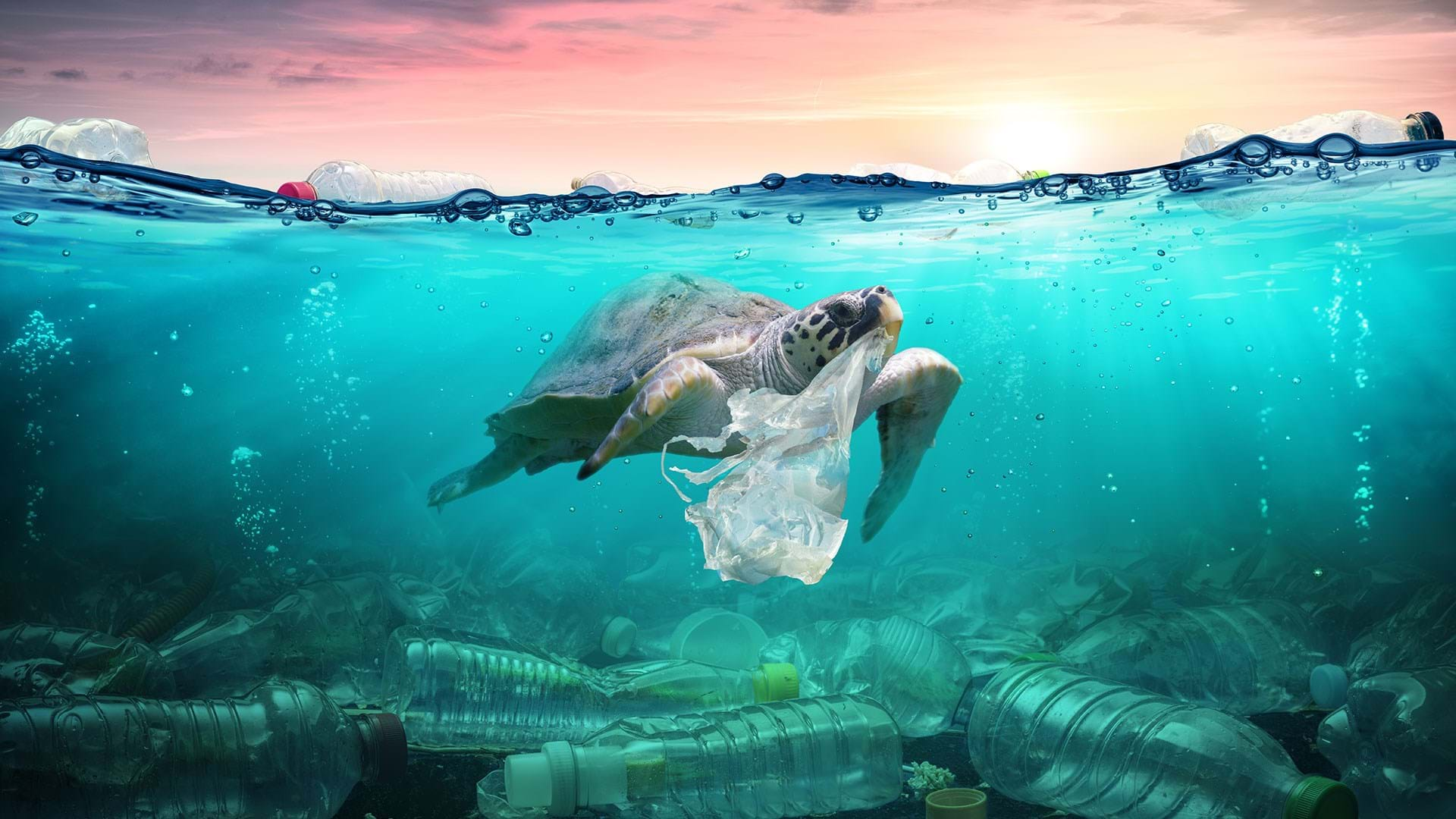 100 Plastic In The Ocean Statistics Facts 2020 2021
100 Plastic In The Ocean Statistics Facts 2020 2021
 Ocean Trash 5 25 Trillion Pieces And Counting But Big Questions Remain National Geographic Society
Ocean Trash 5 25 Trillion Pieces And Counting But Big Questions Remain National Geographic Society
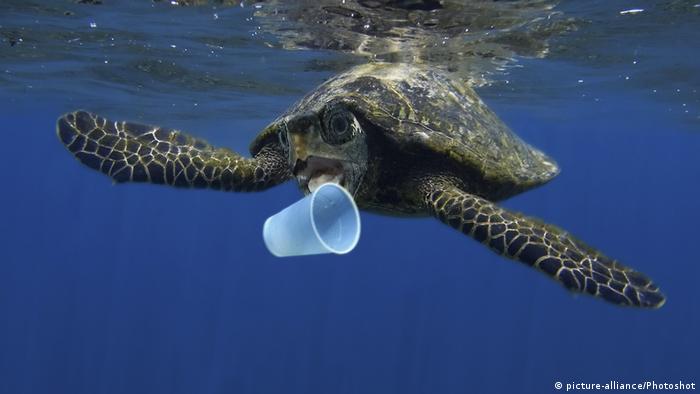 Whose Fault Is Plastic Waste In The Ocean Environment All Topics From Climate Change To Conservation Dw 31 07 2019
Whose Fault Is Plastic Waste In The Ocean Environment All Topics From Climate Change To Conservation Dw 31 07 2019
 Plastic Ocean The Great Pacific Garbage Patch Biodiversity Reset Org
Plastic Ocean The Great Pacific Garbage Patch Biodiversity Reset Org
 More Than 14m Tonnes Of Plastic Believed To Be At The Bottom Of The Ocean Environment The Guardian
More Than 14m Tonnes Of Plastic Believed To Be At The Bottom Of The Ocean Environment The Guardian
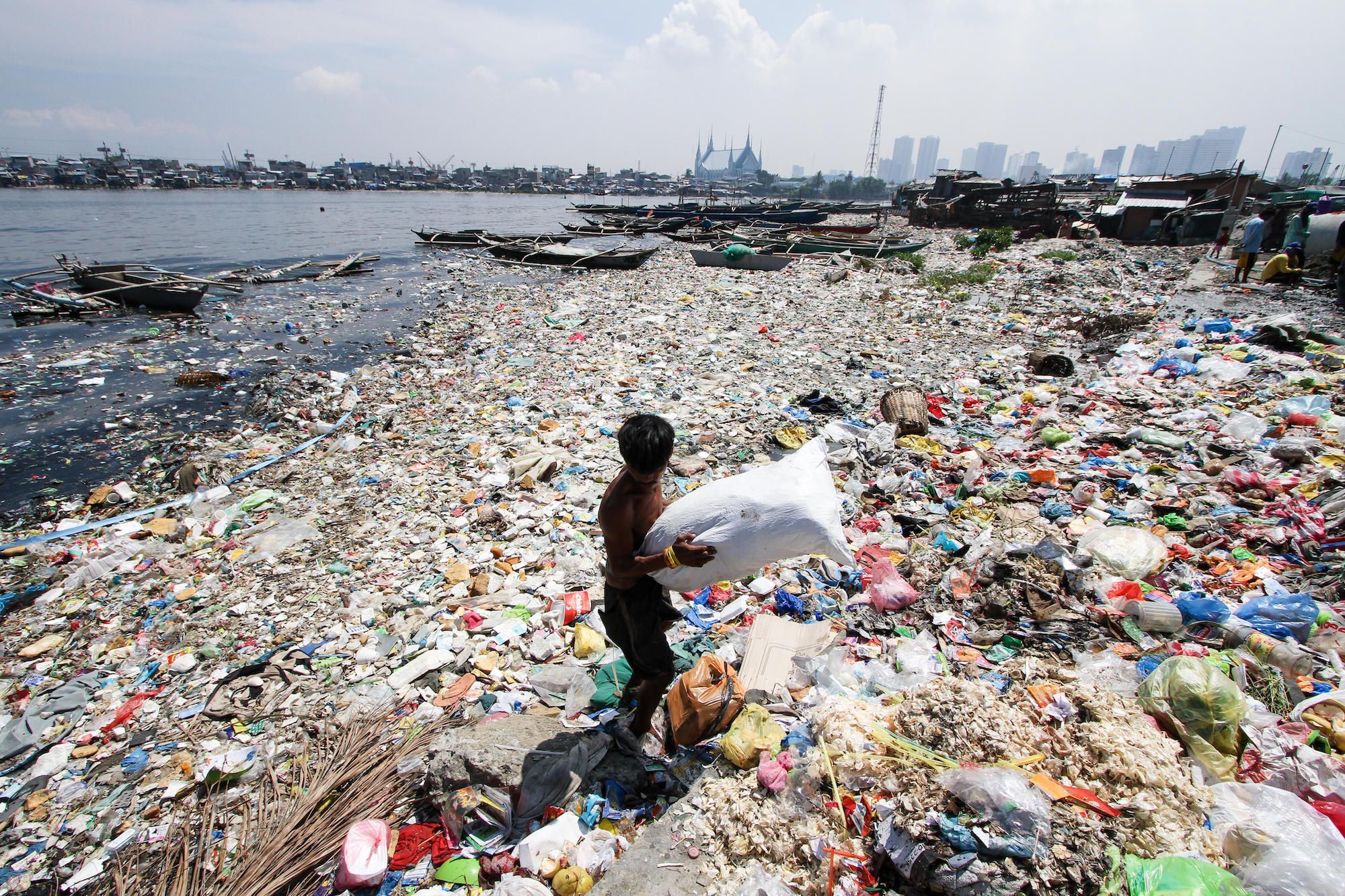 Here S Where The Ocean S Trash Comes From National Geographic Society
Here S Where The Ocean S Trash Comes From National Geographic Society
 The Ocean Cleanup Successfully Catches Plastic In Great Pacific Garbage Patch The Ocean Cleanup
The Ocean Cleanup Successfully Catches Plastic In Great Pacific Garbage Patch The Ocean Cleanup
 The Great Pacific Garbage Patch The Ocean Cleanup
The Great Pacific Garbage Patch The Ocean Cleanup
 World Ocean Day 2019 Ocean Plastics Problem Isn T Going Away But Here S What You Can Do To Help Abc News
World Ocean Day 2019 Ocean Plastics Problem Isn T Going Away But Here S What You Can Do To Help Abc News
 Trash Islands Off Central America Indicate Ocean Pollution Problem
Trash Islands Off Central America Indicate Ocean Pollution Problem
No comments:
Post a Comment
Note: Only a member of this blog may post a comment.